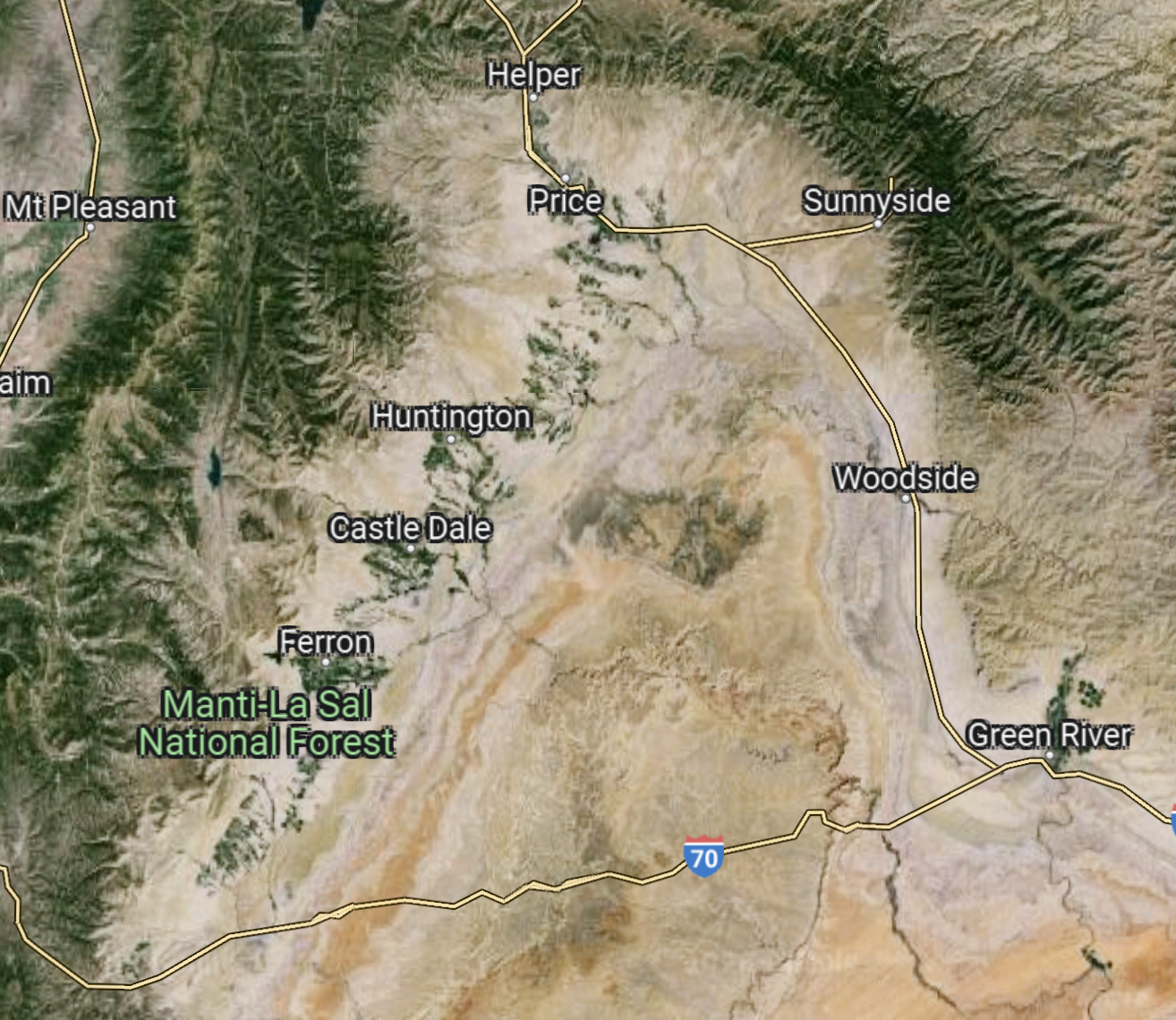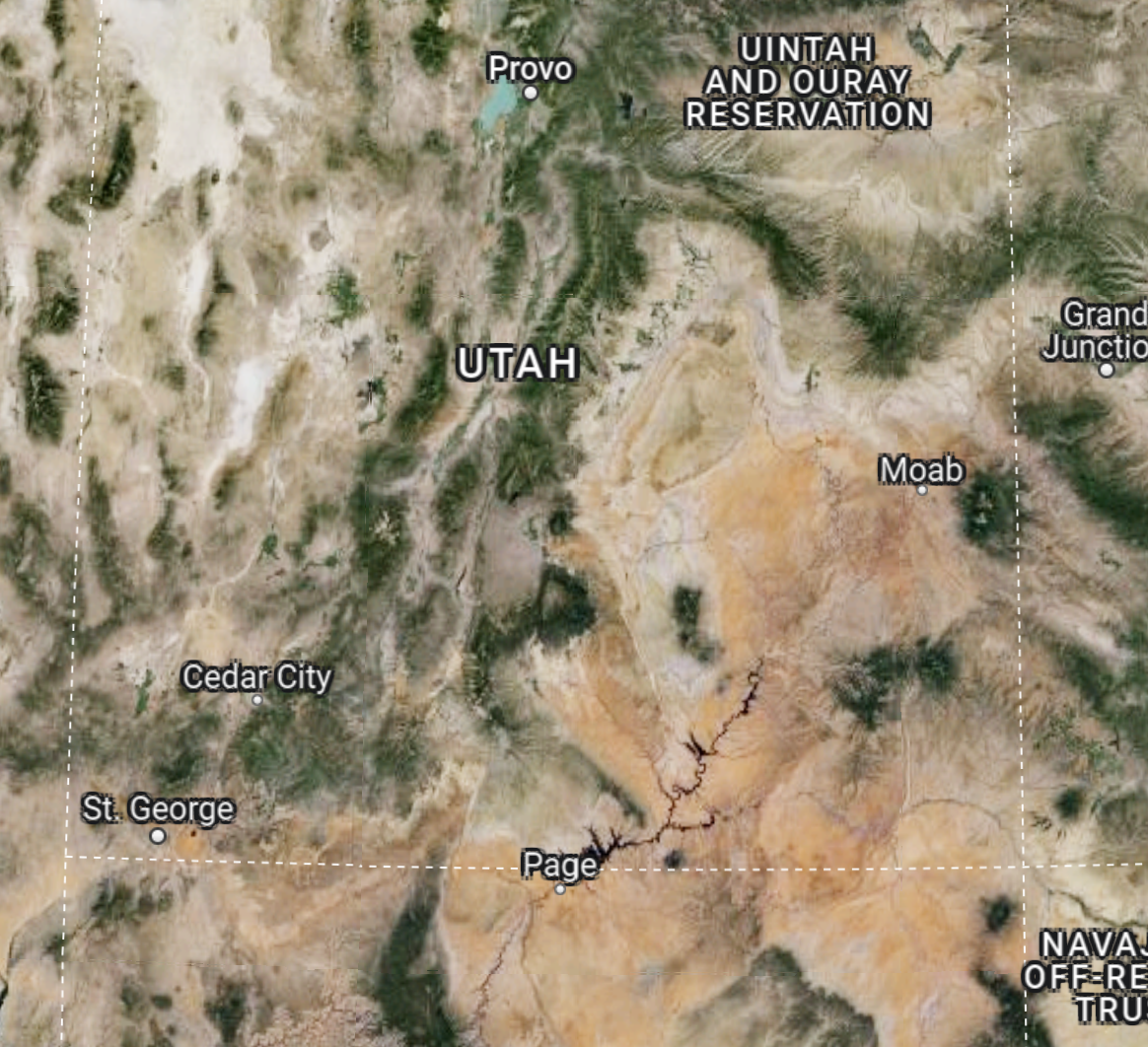Sign up for daily news updates from CleanTechnica on email. Or follow us on Google News!
If there’s one thing we’re learning in late 2023 and 2024 so far, it’s that the climb out of pollution and climate change isn’t an easy slope that always goes up. Sometimes, there are setbacks and things that don’t move as fast as we’d like. Such a setback recently happened in Utah, as the state cut way back on its goal to get rid of coal-burning power plants.
Originally, two coal-fired plants in Emery County were supposed to be replaced with nuclear power plants, and they were supposed to be retired early. This was a response to the federal Ozone Transport Rule, which aimed to prevent states from planning on sooting and fogging up other states.
Why They’re Doing This
But, a court decision and overly easy interpretations of the plan led Utah to believe that the plants could stay open until 2036 and 2042. On top of this, Rocky Mountain Power’s parent company lost a huge lawsuit, which put a crimp in available funding to improve the power mix.
Another big problem that led to keeping coal alive in Utah came from the state legislature. Utility operators were supposed to prove to state regulators that the state was choosing the lowest cost and risk power sources, but now the state wants Rocky Mountain Power to assume that coal is the best, regardless of any data to the contrary. In other words, the state is protecting coal from cheaper alternatives, like renewables and methane plants. This will, in turn, lead to higher power bills in Utah, both to cover the higher cost of producing energy and to cover additional risks that come from that form of power generation.
Out of Sight, Out of Mind

If you’ve ever driven from Moab to Salt Lake, you’ll notice two things. Once you’ve climbed up to Interstate 70 and Green River, you’ll notice that you’re in a big, flat area. As you leave Green River and drive up toward Price, you’ll notice that you’re in a big almost triangular bowl, with mountains on two sides. As you go up that highway, the coal power plants at Huntington are on the other side of that bowl, filling the bowl up with pollutants, ozone, and smog.
But, do you know what’s not in the bowl with you and the power plants? Most of Utah’s population. Before you’d get to Spanish Fork, Provo, and Salt Lake City, you have to climb a steep pass after Helper, going on a winding road that leaves the desert behind and takes you into landscapes that look like they belong in Canada. Then, you drop down another steep canyon into the lands that were formerly flooded by Lake Bonneville and share the air with most of the state’s residents.
That big chain of mountains, the Wasatch Front, keeps the coal power plants out of sight and out of mind. It’s easy to play dumb politics and vote for coal at all costs when somebody else gets to choke on the nasty air on the other side of the mountains and not see nature as clearly as they could.
Why It Still Hurts Utah More Than They Think
Remember how I talked about a triangular bowl with only two sides? Well, the problem is that the smog and soot can fall out on that third side onto lower lands.
To get the lay of the land, just follow the two rivers that cross the “bowl”. The Green River (the town is named after it), and the San Rafael River both run down and out toward Moab and then down to the Colorado River. The combined water from these rivers all runs down into Lake Powell and then down into the Grand Canyon. Along the way, other rivers from the basin the power plants smog up also collects into the Colorado.
The heavier bits of the smog and soot can’t easily blow over the mountains into Salt Lake City and all of the other towns along the front, but it can easily blow downhill into areas like Arches National Park, Canyonlands National Park, Capitol Reef National Park (that’s three of the “big five”), and then on down into Glen Canyon Recreation Area (Lake Powell), and then into Marble Canyon and the Grand Canyon. Along the way, there are also a number of Utah state parks and the Navajo Nation’s Monument Valley isn’t far out of the way.
The sooting and smogging up of these popular recreation areas was once a primary concern for the continued operation of these coal plants. According to one National Park Service estimate, the haze disrupts the view more than 300 days every year at Arches and Canyonlands, and may even reach parks outside of the “bowl” I described above, hitting the other big parks (Bryce Canyon and Zion).
“The state must do the right thing and hold PacifiCorp’s Hunter and Huntington coal plants accountable, requiring that their pollution be reduced so that visitors have the opportunity to experience the extraordinary beauty that these iconic national parks of the Southwest have to offer now and in the future,” retired park manager Philip Brueck told the Salt Lake Tribune in 2019. “As stewards of these beautiful lands, if we have the opportunity to improve any aspect of the environment that we live in, why wouldn’t we want to do that?”
Haze in the Grand Canyon has already been a factor in other coal plant closures, such as the Navajo Generating Station. It was a closer plant, and closed up shop in 2019. Even in the two years that followed, views of the canyon were noticeably improved (I saw this myself in 2021). You can learn more about the effects and see a slider that shows what a clear day and a bad one look like at an NPS website.
On top of the climate change issues with coal generation, increased ozone levels also lead to human health problems. Conditions like Asthma, bronchitis, seasonal allergies, and COPD are all made worse by coal power plants. So, this isn’t just a matter of aesthetics at national and state parks or some faraway threat of climate change older people can selfishly ignore. It causes real problems for state residents and visitors alike.
But, when the problems are all on the other side of the mountains, they’re easy to ignore so that coal companies can stay in business for a few more years.
Featured image by the National Park Service (Public Domain).
Have a tip for CleanTechnica? Want to advertise? Want to suggest a guest for our CleanTech Talk podcast? Contact us here.
Latest CleanTechnica.TV Video
CleanTechnica uses affiliate links. See our policy here.






